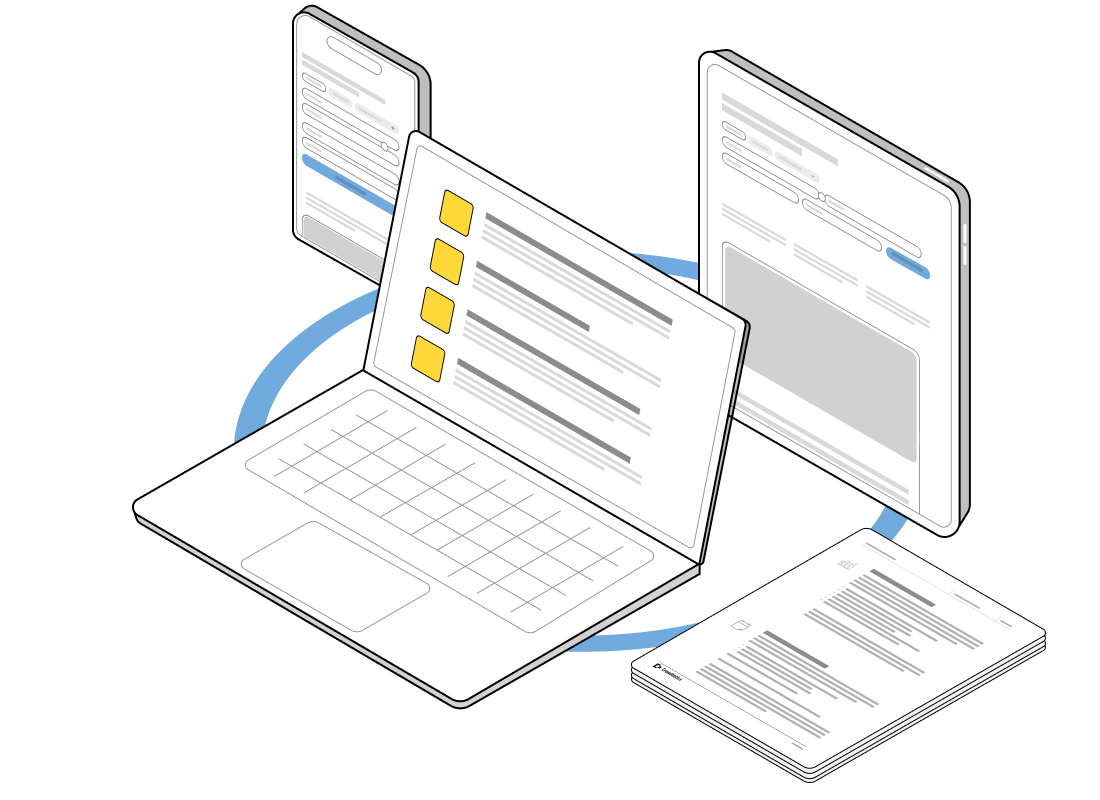What is a delivery app?
A delivery app is a web or mobile application that enables users to order and pay for goods and services. Delivery apps usually include an interface for viewing the status of in-progress deliveries, ordering additional items, tracking orders in transit, and reviewing previously completed deliveries.
Delivery apps are typically related to task apps, but they also have much in common with travel apps and transportation rental apps. Amazon is the most well-known delivery app, and Uber Eats and Grubhub are other popular examples of delivery apps.
Examples of delivery apps built with Crowdbotics:
- A white label mobile delivery app that offers drivers the flexibility to pick which tasks they want to do in which order.
- This delivery app is similar to Weedmaps or Eaze. The MVP version does not need realtime tracking, GPS functionality, or other frills. Just a customer logs in, buys product, and someone from the business delivers it.
What is the typical cost to build a delivery app?
A delivery app usually costs about $37,500 to build. However, the total cost can be as low as $25,000 or as high as $50,000. A delivery app with a low number of features (also known as a minimum viable product, or MVP) will be more affordable than an app that includes all intended functionality.
For example, here are some previous delivery app price quotes from Crowdbotics:
How long does it take to build a delivery app?
A delivery app usually takes 200 hours to build. However, a delivery app can be built in as few as 133 hours, or in as many as 267 hours. The exact timeline mostly depends on how complicated your specific app is. As a general rule, it will take longer if you require highly custom designs, niche features, complex logic, or non-standard release platforms.
For example, some previous delivery apps build with Crowdbotics received the following hourly estimates:
Not seeing what you’re looking for?
Crowdbotics has quoted and built hundreds of applications for teams of all sizes. Browse our historical estimates by industry and app type to understand possible costs and considerations.
How to successfully grow your delivery application
A delivery app can grow by offering new services that make the most of its existing infrastructure. This includes adding new features that are tied to the primary purpose of the app, such as expanding its food delivery service to include a subscription model with a free trial period.
Risks and challenges of building a delivery application
A delivery app typically faces the same risks as a ridesharing app. You will want to ensure that you can meet all of the legislative requirements for delivery apps in your target market. You will also want to ensure that you have feedback mechanisms in your app (such as ID verification) to ensure high driver performance and to protect drivers from abusive rider behavior. In addition, it is very important to ensure that your app will work regardless of whether the delivery destination is at an address or within a building or complex.


